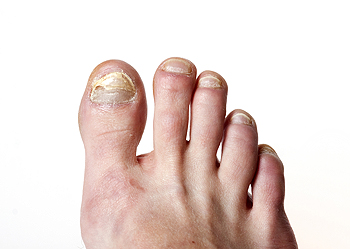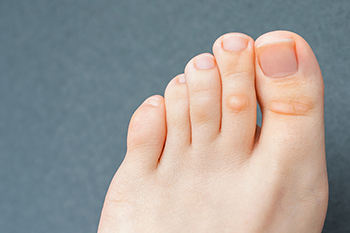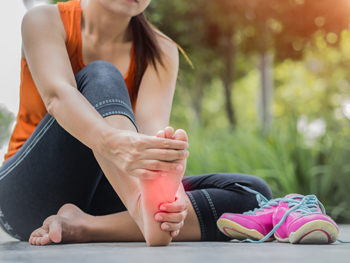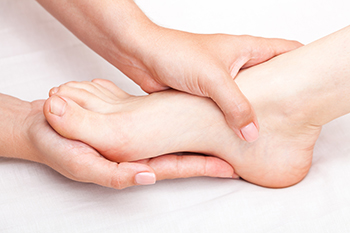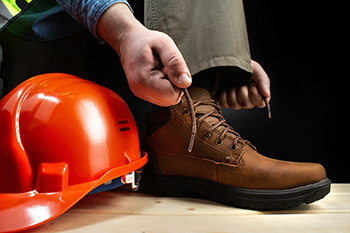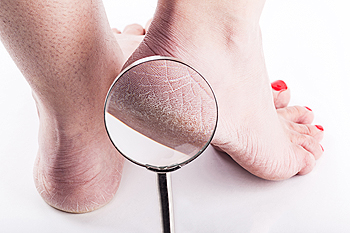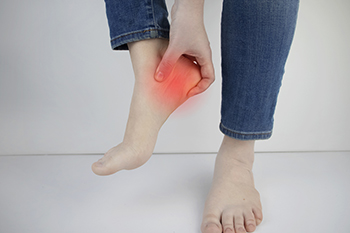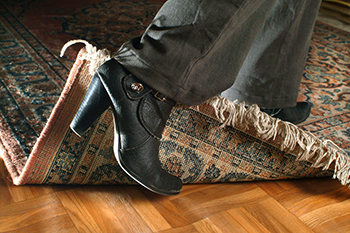
Maintaining optimal foot health is critical for overall well-being, and incorporating regular foot stretches into your routine can make a significant difference. Start with a toe stretch by sitting back on your heels, gently pressing each toe into the floor. The plantar fascia stretch involves extending your toes up against a wall, providing relief to the bottom of your feet. A simple seated ankle stretch can be achieved by rotating your ankles clockwise and counterclockwise, promoting flexibility. The calf stretch, done by leaning against a wall with one foot forward and the other back, targets the calf muscles and Achilles tendon. Lastly, the towel stretch involves sitting with your legs extended, wrapping a towel around your toes, and gently pulling it towards you, stretching the muscles along the bottom of your feet. Incorporating these five foot stretches into your daily routine can enhance flexibility, alleviate tension, and contribute to overall foot comfort. If you are seeking additional information about effective foot stretches, it is suggested that you visit a podiatrist.
Stretching the feet is a great way to prevent injuries. If you have any concerns with your feet consult with one of our podiatrists from Foot Health Center of Merrimack Valley. Our doctors will assess your condition and provide you with quality foot and ankle treatment.
Stretching the Feet
Being the backbone of the body, the feet carry your entire weight and can easily become overexerted, causing cramps and pain. As with any body part, stretching your feet can serve many benefits. From increasing flexibility to even providing some pain relief, be sure to give your feet a stretch from time to time. This is especially important for athletes or anyone performing aerobic exercises, but anyone experiencing foot pain or is on their feet constantly should also engage in this practice.
Great ways to stretch your feet:
- Crossing one leg over the others and carefully pull your toes back. Do 10-20 repetitions and repeat the process for each foot
- Face a wall with your arms out and hands flat against the wall. Step back with one foot and keep it flat on the floor while moving the other leg forward. Lean towards the wall until you feel a stretch. Hold for 30 seconds and perform 10 repetitions for each foot
- Be sure not to overextend or push your limbs too hard or you could risk pulling or straining your muscle
Individuals who tend to their feet by regular stretching every day should be able to minimize foot pain and prevent new problems from arising.
If you have any questions, please feel free to contact one of our offices located in North Andover, and Tewksbury, MA . We offer the newest diagnostic and treatment technologies for all your foot care needs.

